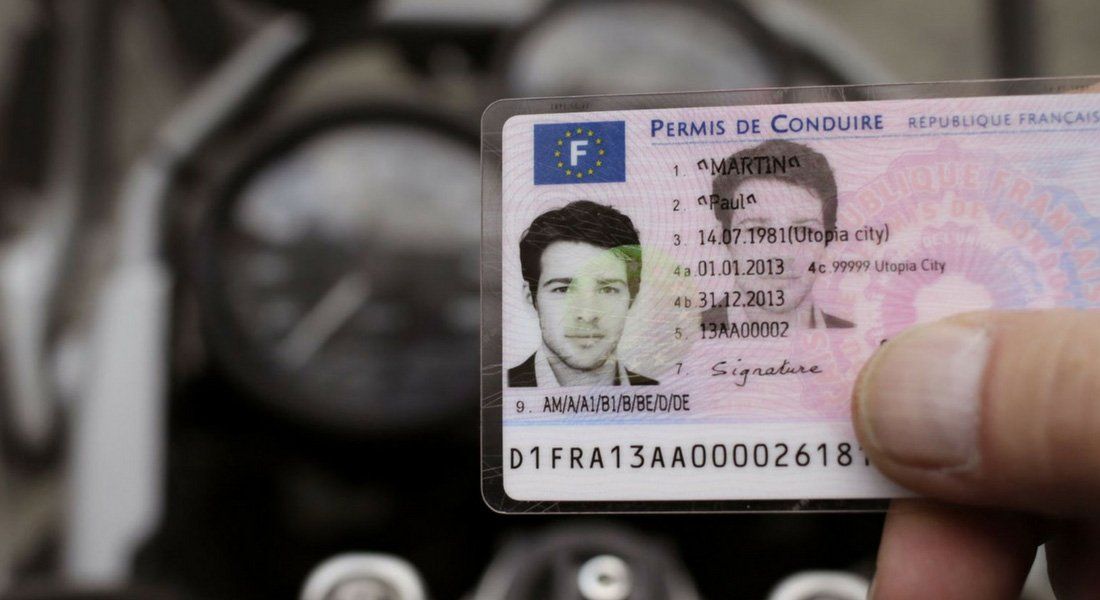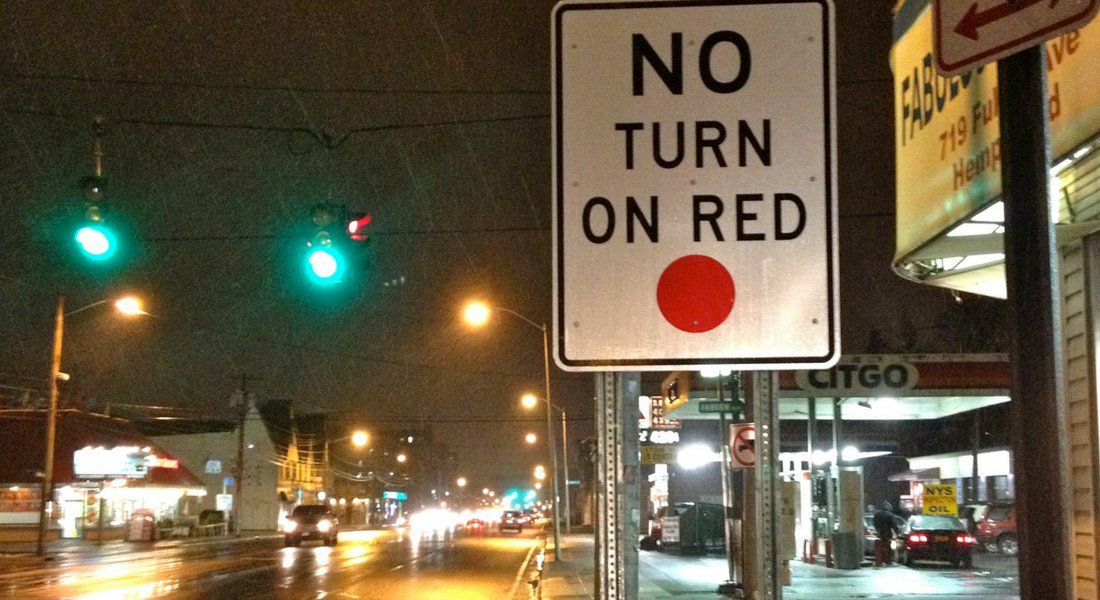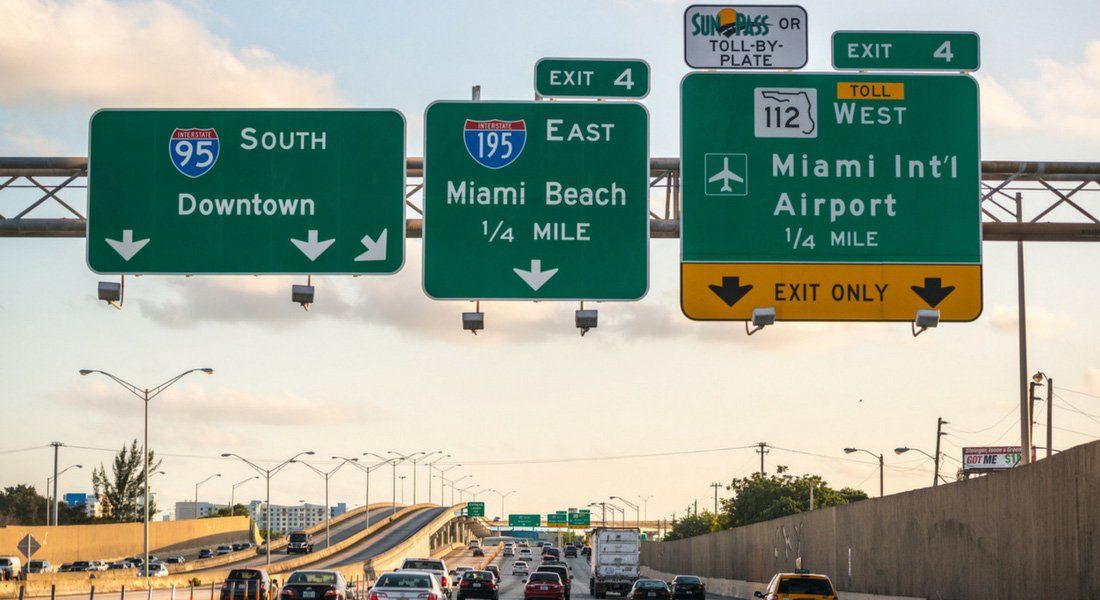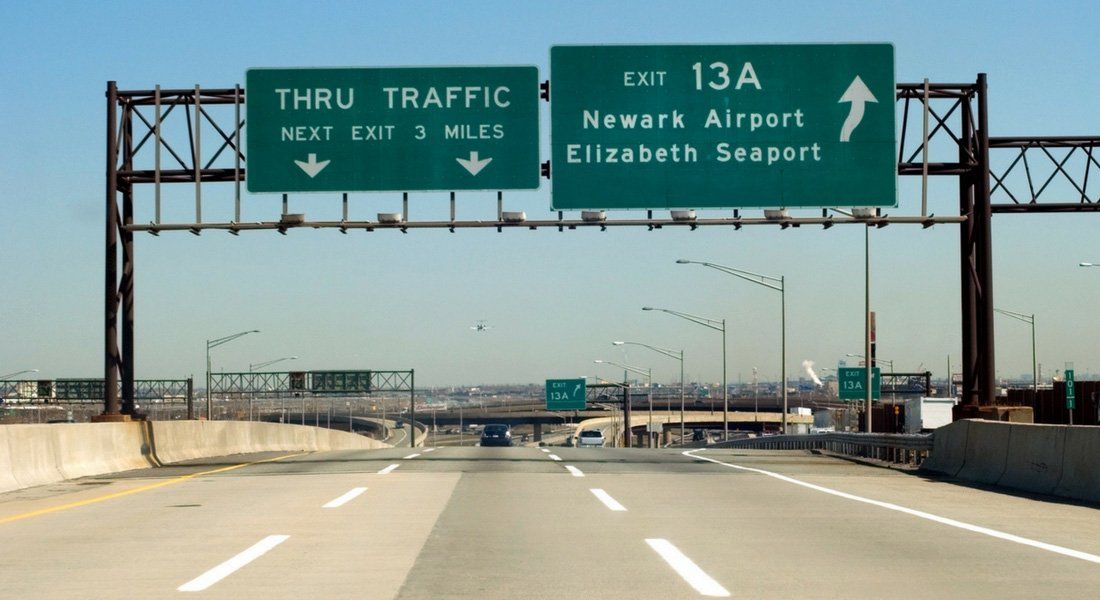Driving in the U.S.
The USA road trip that you have been carefully planning is fast approaching.
If this is your first visit to the U.S., have you thought about the major differences there may be in terms of driving, when it comes to traffic laws or even just parking?
We have prepared a list of important points that will make your trip much easier.
In addition, they will help you reduce the stress related to driving in a new country.
#1. Driver's license

If you will be in the U.S. for less than three months, your valid driver's license is all you will need to rent and drive a car or RV.
On the other hand, if you want to avoid any problems (e.g. if you are stopped by the police), you might want to get an international license before your trip.
An international license is not mandatory but is strongly recommended if your driver's license is not in English.
If you are travelling to Florida, be aware that it is the only state in the United States where an international driver's license is mandatory.
When you pick up your rental vehicle, you will need to show your valid driver's license from your country of residence, your international license if you have one, a credit card in the name of the principal driver (an amount will be pre-authorized for the damage deposit) and your passport.
#2. One-way streets

Beware, American cities often have many one-way streets and these do not have "no entry" signs like you see in Europe.
One-way streets have a sign with an arrow indicating the direction of traffic.
#3. Pedestrian crossings

Vehicles must stop at a crosswalk to allow pedestrians to cross. Failure to do so carries a fine of close to $200.
#4. Speed limits

Be aware that in the U.S., speed limits are shown in miles, not in kilometres.
Speed limits are quite variable and depend where you are driving (city, highway, etc.). They are normally between 30 km/h (20 miles per hour or mph) and 100 km/h (65 mph).
In general, the minimum speed on highways is 40 mph and the maximum is 65 mph.
#5. Turning right on a red light

It is permitted to turn right on a red light everywhere in the U.S. (if the way is clear, of course), except at intersections where it is expressly prohibited by a sign indicating “NO TURN ON RED”.
A right turn on red must be done with extreme caution as follows: At a red light, you must first bring your vehicle to a complete stop before the crosswalk or stop line. Note that pedestrians always have the right-of-way if their pedestrian crossing light allows them to cross. Then look to the left to see if there are any other cars coming and if the way is clear, you can turn right on the red light.
Turning right on a red light is not an obligation; if you are behind a driver who chooses not to turn on a red light, you must respect that driver's decision.
#6. Green light vs. flashing green

In the U.S., there are 2 types of green light: the green light, and the flashing green. A green light means the same thing as in Europe. But when you are facing a flashing green light, it means that you have the right-of-way to make a left turn.
#7. 4-way intersections

At an intersection where all four directions have a Stop sign, the first to stop is the first to go.
If in doubt, yield to the other driver(s). At night, you can flash your lights to let them know they can go first.
#8. School buses

You must be extremely careful around school buses (yellow with a black line down the centre) for the safety of the children.
When a school bus is stopped and its lights are flashing, you must bring your vehicle to a complete stop more than 5 metres from the bus, whether you are going in the same direction as the bus or in the opposite direction.
When the flashing lights have been turned off and the bus is advancing, you can resume your route. If you do not comply with this law, you will receive a heavy fine and a penalty on your licence.
#9. Lane control signs

In cities you will often come across signs indicating that certain lanes are required to turn right, turn left or continue straight ahead.
Watch out for these signs and be sure to obey them.
For example, if you want to go straight but you see a sign telling you to turn left, try to safely change lanes to the middle lane, or simply turn left. Just retrace your steps and get into the correct lane.
#10. Toll roads

Roads are very well maintained in the United States, and tolls are often required to keep them in good condition.
To make your life easier, we advise you to always have cash in your car, in different denominations ($1, $2, $5, $10) so that you can pay quickly.
If you are given a toll receipt, it is always a good idea to keep it with you. Note that if you attempt to pass a toll booth without paying, a photo of the vehicle's license plate will be taken and your car rental company will charge you for the ticket it receives.
There are often several toll lines and you must take one where you can pay cash. Be careful not to take an EZ PASS lane, which is a prepaid card system.
There are three main types of highways in the U.S.: federal or state highways, perimeter roads and freeways. Toll roads are often called “turnpikes”.
Before you leave, it is easy to find out which toll roads you will be using by doing a little research on the Internet. You can simply search for “toll roads in the United States”.
#11. Highway exit signs
In the U.S., the exit number is always indicated at the top of the exit sign, for example "Exit 32" in the image above.
Note that these numbers correspond to the distance in miles along the highway. So for example if your destination is Exit 52, when you reach Exit 32 you know that you have 20 more miles to drive before your exit.
Also note that highway markers generally indicate the highway number (57 North, 20 East,...) rather than the destination (direction New York, San Francisco, etc.).
#12. Parking

Parking can sometimes be a real headache, and this is especially true in large cities.
It is important to always read parking signs carefully and be aware that parking days and hours may vary.
Metered parking is often free on Sundays. Note that it is illegal to park in the opposite direction to traffic.
Now are you ready to take the American roads by storm?





























LEAVE A COMMENT
Répondre à: -
delete my replyYour e-mail address will not be shared
2 comments